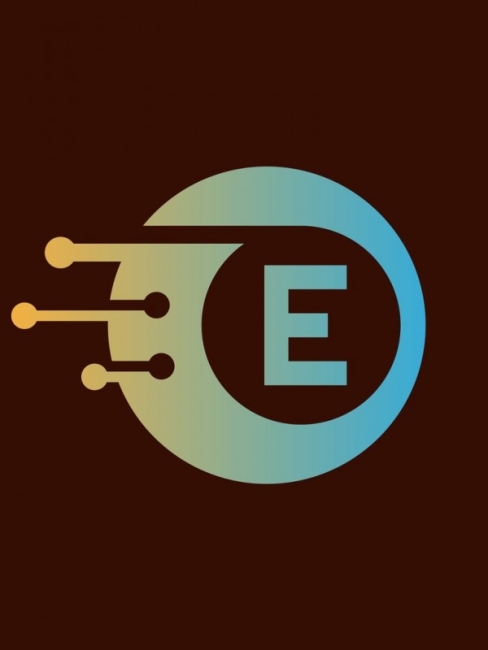You have /5 articles left.
Sign up for a free account or log in.

Istockphoto.com/abu hasan ahmad
Many students need to identify and develop transferable skills for transition into their first professional position after completing a master’s or doctoral degree -- especially if they are seeking nonacademic careers. Professional and career development interventions and resources can give students the opportunity to reflect on their skills, create goals and envision their next steps.
The three Es -- explore, engage, experience -- is a schema that helps students identify to what extent they are exhibiting behaviors, developing skills and engaging in experiences that are relevant and of potential interest to employers. Students can use the three Es to classify their professional development activities and experiences, relate pertinent examples and identify gaps in their preparation for future careers. The process can help them develop individual development plans as they reflect on their past accomplishments and conceptualize SMART goals (specific, measurable, achievable, relevant, time-bound) as part of their next steps.
Explore is the foundational level representing information gathering and decision making about next steps. A key aspect of the explore dimension is self-assessment and self-awareness. Activities like the following can provide students with opportunities to uncover personal values, interests, strengths and areas of development that will help inform the other levels of engage and experience.
- Complete self-assessments such as CliftonStrengths and Myers-Briggs Type Indicator to identify the needed skills for a particular job function.
- Determine priorities, values and ethical orientations.
- Explore career options online (for example, ImaginePhD, VersatilePhD) and organizations’ and companies’ websites of interest.
- Search for internship opportunities.
- Read blogs and articles related to career preparation (such as job search strategies, dos and don’ts of interviewing and so on).
Engage represents connection with professionals and the preliminary application of skills. These connections and activities are usually time limited and defined in scope.
- Seek volunteer opportunities in various industries and different organizations, companies and institutions.
- Attend workshops and career fairs.
- Practice skills in a defined capacity or simulated environment (mock job interviews, job simulations, Lynda.com).
- Develop research skills beyond one’s own master’s or doctoral project.
- Develop teaching skills, lead labs and recitations, give guest lectures.
- Connect with professionals through informational interviews, networking or information exchange via LinkedIn connections,
Experience is characterized by the implementation of skills in authentic settings. Students may function as professionals where they create tangible outcomes and contribute in relevant and authentic ways.
- Participate in an internship, externship or other immersive experience.
- Organize and implement a professional conference.
- Design a course and teach as the instructor of record.
- Write and submit a grant proposal.
- Write a press release for an organization.
- Create a marketing strategy for a nonprofit.
- Create and implement a training session.
- Evaluate a program’s impact on the community.
- Supervise a team of collaborators.
- Lead a group or organization.
Most graduate students will have plenty of examples of these types of activities throughout each of the levels. Arguably, some overlap may occur between two or among all three dimensions of the hierarchy, so not every skill or activity necessarily fits into only one category. For example, an internship could fit in all three categories: to explore a nonacademic work environment, to engage with new professional networks and to gain experience in an authentic work setting. Future employers will be most interested in the experience level and how students translate their previous activities to the job they are applying for.
Anyone can propose how they might demonstrate a particular skill, but actually having experience doing it, showing an outcome and being able to effectively talk about that experience is much more substantial. Conversely, the schema can also highlight gaps in a student’s background indicating where they would need to spend more time, such as developing a needed skill set or working in a specific type of organization required for a position.
Feedback from students about the utility of the three Es provides additional insight into how the framework can assist them with thinking about their development. Students indicate that the incremental steps of the three Es are a way to break down goals into manageable steps so they become less abstract and overwhelming -- thus lowering barriers and uncertainty. Students also say that the framework allows them to see how the different categories interconnect with one another. In sum, it can help students assess to what degree they are developing and implementing relevant skills and be able to communicate what they’re learning at each level.








